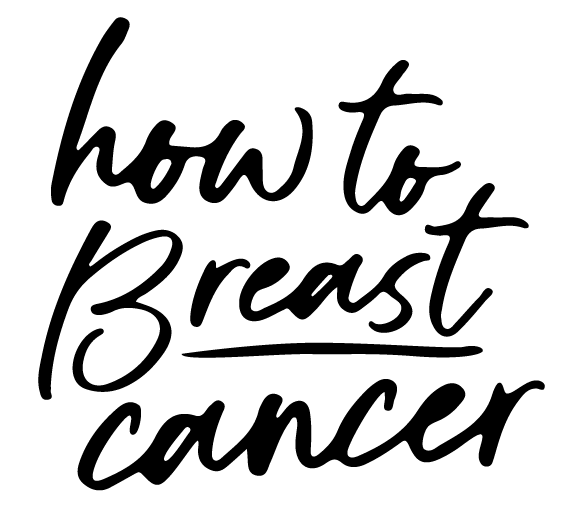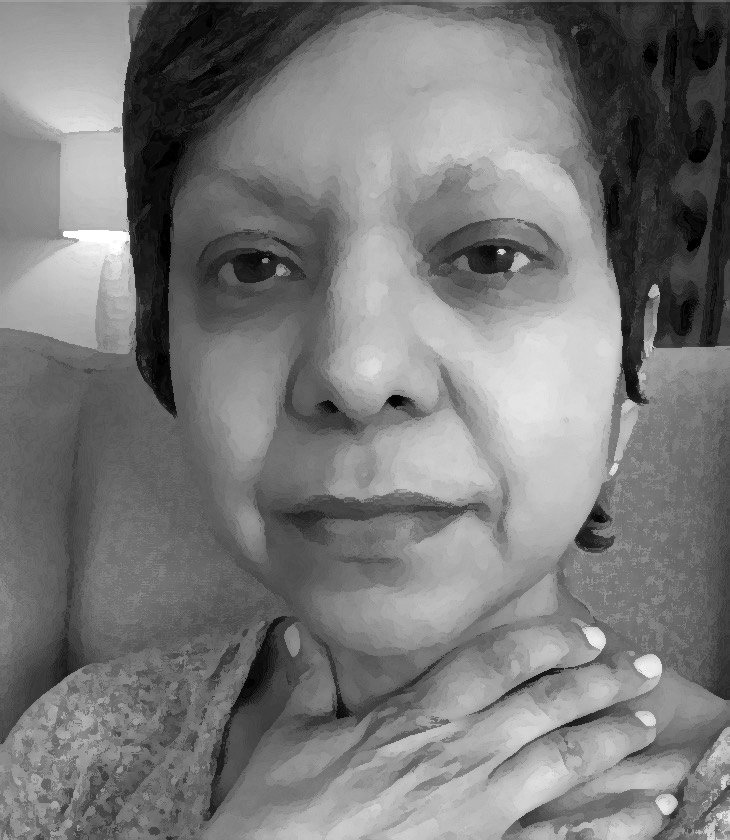“Hell Week”...in treatment
“If you’re going through hell, keep going.”
— Winston Churchill
Our topic this week was inspired by someone who was both a Navy SEAL and a cancer patient. Most of us have heard about the infamous Navy SEALs Training “Hell Week”, which according to the Navy, consists of 5 1/2 days of cold, wet, brutally difficult operational training, on fewer than four hours of sleep. Hell Week tests physical endurance, mental toughness, pain and cold tolerance, teamwork, attitude, and your ability to perform work under high physical and mental stress, and sleep deprivation. Above all, it tests determination and desire.
Last week, was chemo week, and I could not help but reflect on the number of similarities. I am sure many cancer patients can equally relate.
I have the utmost respect for the SEALs and what they are able to do is nothing short of remarkable. I am also extremely grateful for their incredible sacrifice and unwavering commitment to preserve and protect our freedom. Our intention with this article, is to shed a little light on what it takes to get through “hell week” in cancer treatment and to offer some helpful and empathetic ways to move forward.
Throughout my four plus year journey on consecutive chemo, I have always chosen to focus on the positive (even when everything was failing, which it was for a long while), and to also share images in these articles that are light and happy. And while that is absolutely the energy that pulses through me, I wanted to also share an image of what it is typically like on about day four, of treatment week – once all the premeds have worn off and you’re pretty much trying to get through the remnants and yet most intense parts of treatment week.
This picture is me on the Friday of “hell week” in treatment...exhausted beyond what words can possibly describe and warding off exceptionally strong nausea and fatigue.
For those that may not know, many cancer patients receiving “ongoing treatment” are still receiving some form of chemotherapy. They may have different side effects and the treatments are often called ‘targeted therapy’ or ‘maintenance’, but at the end of the day, if there is a chemotherapy component in the mix, with it comes significant collateral damage.
Most cancer patients are on a systemic treatment regimen administered either weekly, or every three or four weeks, all dependent upon their medication and overall treatment path. For most, there are premedication(s) given ahead of the actual treatment infusion, to help combat the side effects from the chemotherapy/targeted therapy medication. Treatment is also contingent on having tolerable levels of white blood counts and platelet levels (among other key measures), which are tested immediately before the treatment is given.
If you are a cancer patient, you are all too familiar with how it goes, and can skip ahead to the how to get through section, if you’d like.
How “hell week in treatment” typically goes:
Day 1: The first component that kicks off the week is psychological.
So, as you start that week, you know you are going to be receiving treatment and you know you will be highly unwell for at least five to seven days. You never fully know the degree of variability in how badly you will feel and there is always the possibility that you can feel worse or become sicker, through no fault of your own.
Day of:
If for instance, your treatment day is Tuesday, you may begin taking premedication(s) the day prior, or they are given to you before your treatment begins. Once you receive your premedication(s), you will wait approximately thirty minutes to ensure no reactions and then move into receiving the actual infusion. Some patients receive multiple chemotherapy medications (as was the case with my initial treatment), which can take several hours. Others, may receive shorter infusions, lasting anywhere from thirty to ninety minutes, again, depending on the specific treatment. The day of, you may feel tired but will likely feel sustained by the premeds and especially the steroids medications, if those are given as part of your treatment.
Day after:
The morning of the day following treatment can often bring the start of the brutal symptoms that will unfortunately intensify in the days following. Fatigue, nausea, and other side effects will begin slowly and steadily increase in the days to come. Some patients experience body/joint pain, chills/fever-like symptoms, and loss of appetite, just to name a few.
Days 3-5+:
By the third day following treatment, most if not all of the support from the premedication(s) has worn off and the side effects are usually in full effect. While there are some additional medications you can take at home, many patients still experience very strong side effects, and it is in these later days of treatment week (days 3-5+), where it becomes more difficult to sustain proper nutrition and rest. It is unfathomable to be indescribably fatigued and yet not be able to sleep...but that is quite often exactly how it feels during ‘the week’. It is also possible to have some “side-effects” (e.g. neuropathy, swelling, fatigue) become relatively constant….this can sometimes come as a surprise not just to the patient, but to those around us, that want us to feel well and can’t comprehend why we may suddenly feel exhausted or in physical pain during a ‘non-chemo week’.
So how to get through?
The physical:
In our article about managing the strongest side effects, we share a few helpful tools to keep you nourished and hydrated and better able to manage through the more difficult days. Nutrition and hydration are the biggest levers to pull us up to well being. Always speak with your doctor to find additional remedies and/or medications to ease your symptoms. Just because you have to have treatment does not mean your quality-of-life does not matter, it does and finding ways to make it sustainably better is important.
The psychological:
In our article about using your breath and mindfulness techniques to help overcome the challenges of treatment, we highlight a few practices that can help you. The week of treatment is an incredibly emotional week for most patients.
I know it is for me.
It is especially compounded for those that are on treatment for long periods of time and/or for the rest of their lives. I can’t underscore enough the emotional toll that takes and the mental fortitude needed to remain stable.
Finding meditative and mentally therapeutic options for the week of treatment is as essential as the water you drink and the air you breathe. Again, speak with your doctor to find complimentary and sustainable therapies that can help you and heal you.
Key Takeaways
And so, as always, for my fellow patients, I leave you with one key take away, as you go through the hell week of treatment, remember: Above all, it is testing your determination and desire, know that just when you think you can’t take another day, a new day WILL form, and you WILL be better.
With love,
Amelia O.






